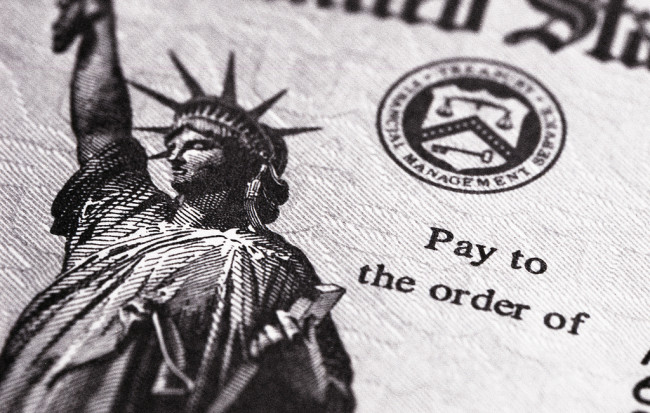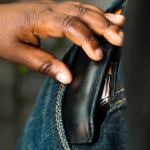 For most of us, finding out that we are getting a sizable tax refund is great news.
For most of us, finding out that we are getting a sizable tax refund is great news.
But if you’ve recently filed a Chapter 7 bankruptcy, hold your celebration.
That refund may not be yours.
You have a bankruptcy estate
When you file bankruptcy, all of your assets become a “bankruptcy estate”. The estate includes your real estate; tangible things like cars and household goods; bank accounts; and legal rights.
Those legal rights might include the right to file a lawsuit; your share of a class action suit; an interest in the estate of someone who has died; or your right to get back money you overpaid in taxes.
It’s not possession of the asset on the day your bankruptcy case that counts. It’s whether the facts that entitle you to money have taken place.
So the refund is part of the estate even if you don’t receive it for months after your bankruptcy case is filed.
Tax refunds for closed tax years
If the tax year has ended when you file a bankruptcy case, any refund that follows from filing the tax return is property of the bankruptcy estate.
You may be able to claim an exemption in the refund. An exemption removes the exempt asset from the estate and thus from the control of the bankruptcy trustee.
You get to keep your exempt assets.
If there are no exemptions available to protect the refund, the trustee will likely demand the turnover of the money.
When you file mid year
A tax refund for the year in which you filed your bankruptcy case is a bit different. Only a fraction of the tax year ran before you filed.
Most trustees want the turnover of a fraction of the tax refund when you actually receive it. If you file your bankruptcy case on April 1, 2017, one quarter of the 2017 tax year has run.
The trustee will want one quarter of your refund.
Do some simple tax planning
Let’s start with the mid year bankruptcy filing, where a fraction of the current year’s tax refund will be forfeit to the bankruptcy trustee.
You can fix that: see that there is no tax refund next spring.
Reduce your withholding after the bankruptcy is filed to eliminate the refund. You don’t have to continue to overpay.
A tax refund, after all, is just tangible evidence that you are paying too much tax each paycheck. It may seem like found money when the refund check arrives, but it’s really just a loan you make to the government. And you’re earning no interest on the loan.
File after refund spent
If you haven’t filed a bankruptcy case yet, consider waiting until after you have received the refund.
Once it’s paid to you, the refund is just money, money that you can spend on things that are either necessary or are exempt.
My favorite use of a pre filing refund is to fund your contributions to this year’s IRA. Most people who need bankruptcy relief also need to get serious about retirement savings, too.
The only limits on what you can do with a refund you get before you file are the same as the rules about other transfers: you can’t give money or things away to frustrate your creditors.
Or, as any experienced bankruptcy lawyer will tell you, you can use your refund to pay for the bankruptcy case.
The sooner you get out of debt, the sooner your financial life starts to make sense.
Image courtesy of Flickr and Great Beyond





